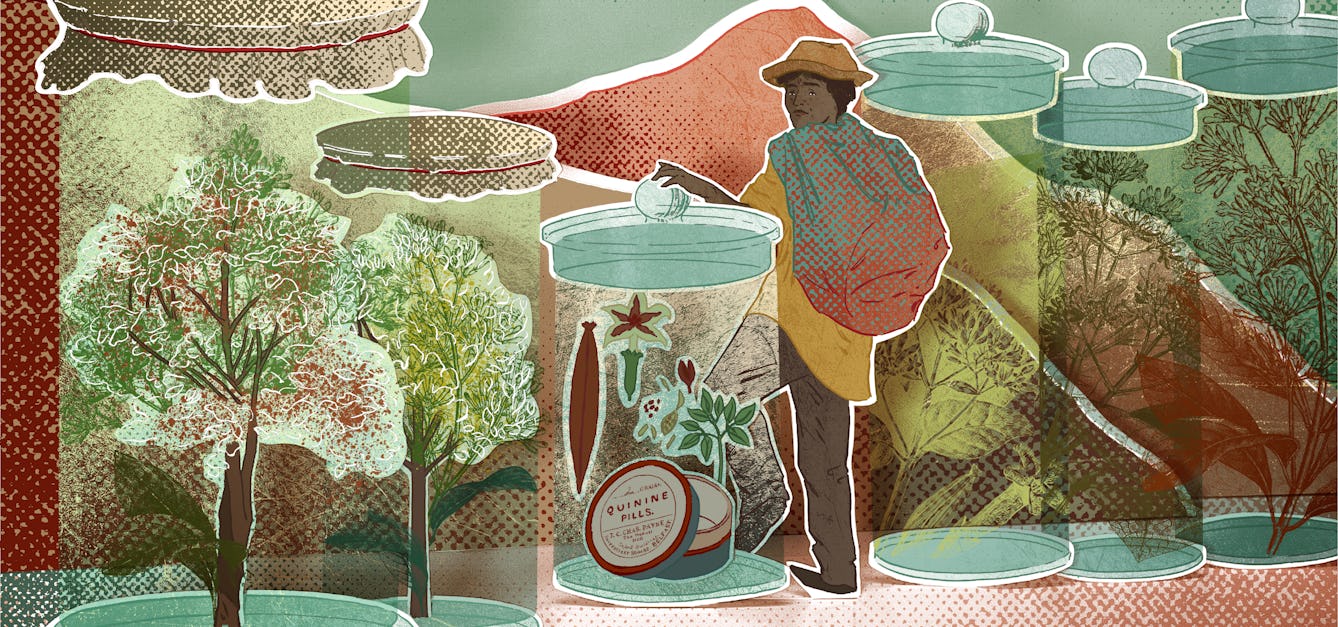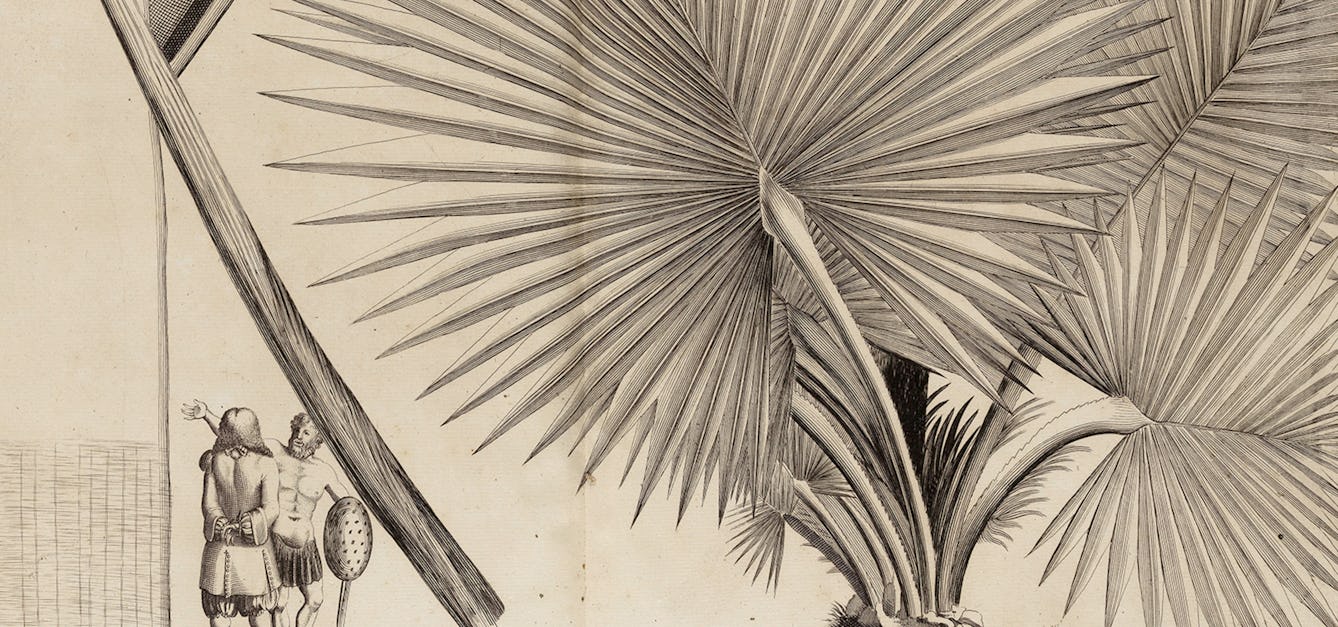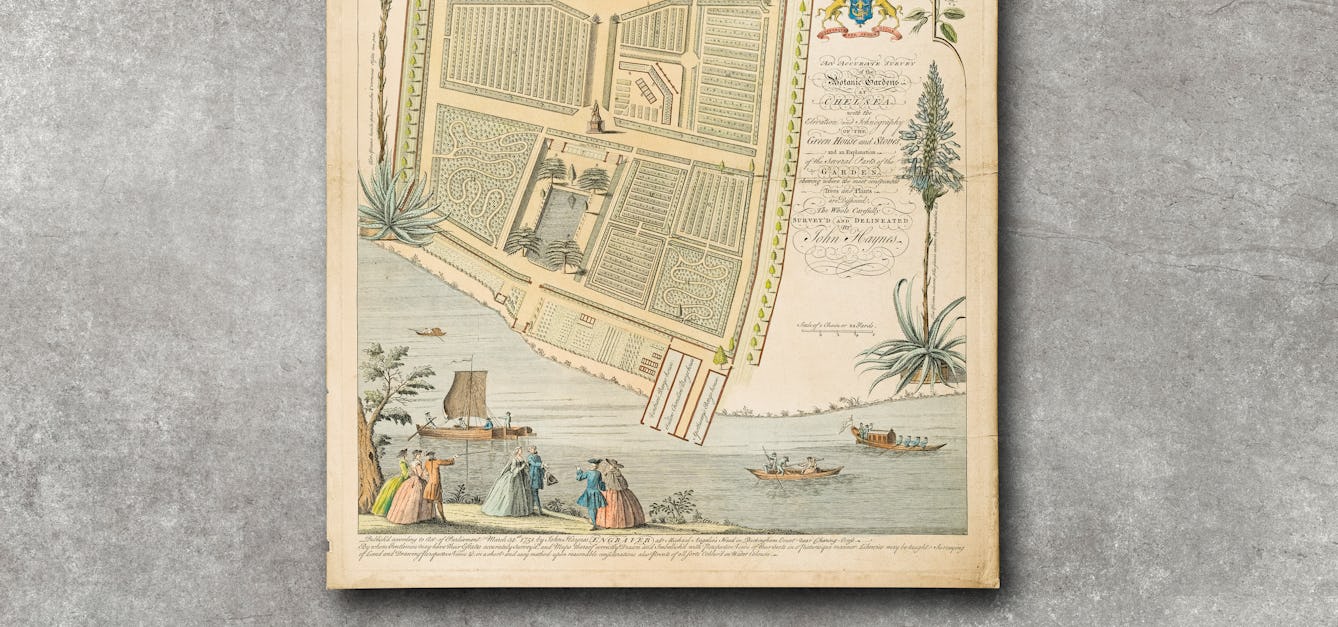Stories

- Article
Hunting lost plants in botanical collections
A bark specimen at Kew recalls the story of a South American man who harvested the most potent source of the only effective malaria treatment available in the late 1800s. Killed for his work and forgotten by history, Manuel Mamani was a victim of the colonial juggernaut.

- Article
Indian botanicals and heritage wars
Colonial botanical texts, as astonishingly beautiful as they are, may cast very dark shadows.

- Article
The healing power of the physic garden
Having experienced the healing power of plants and gardens, Iona Glen goes in search of present-day “physic gardens” and their origins in history.

- Book extract
Ayurveda: Knowledge for long life
The story of medicine in India is rich and complex. Aarathi Prasad investigates how it came to be this way.
Catalogue
- Archives and manuscripts
Fletcher, Charles Montague (1911-1995), epidemiologist
Fletcher, C. M. (Charles Montague), 1911-Date: 1886 - 1996Reference: PP/CMF
- Books
- Online
London botanic gardens / by Pierre Élie Félix Perrédès.
Perrédès, Pierre Élie Félix.Date: [1906]- Archives and manuscripts
- Online
Henry Wellcome Letter Book 7
Date: Aug 1903 - Jul 1904Reference: WF/E/01/01/07Part of: Wellcome Foundation Ltd- Books
Le jardin des plantes de Montpellier : le plus ancien jardin de France - 1593 / Assocation des amis du jardin des plantes de Montpellier.
Date: [1983]- Books
Mater herbarum : fonti e tradizione del Giardino dei semplici della Scuola medica Salernitana / a cura di Massimo Venturi Ferriolo.
Date: 1995









